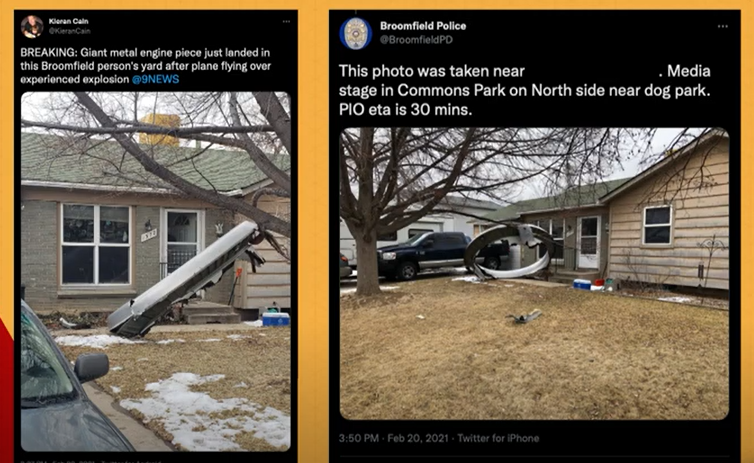Journalists use many tools to report on a story, and in today’s digital age, social media is another way to gather news. NBC News senior social newsgathering reporter Shamar Walters walks NBCU Academy through the basics.
NBC News has a group of reporters who specialize in using social media to find, verify and report on different stories across the network’s shows and digital platforms. The members of this social newsgathering (SNG) team act as digital first responders, sourcing and verifying videos and photos showing the news as it unfolded in real time.
Social newsgathering basics start with user-generated content (UGC). That’s videos, photos and text posts written or filmed by members of the public. They might be uploaded to social media platforms, shared on messaging apps or sometimes sent directly to journalists.
When a journalist reporting on an incident first discovers photos while searching social media, those images are not yet ready for reporting. We all know that not everything we see on the internet is what it appears to be. We might find images posted on social media that claim to be from one incident, but are actually from another. This is sometimes because of the rumor effect — someone unintentionally posts something inaccurate and then others share it. Other times, people deliberately post content to mislead or trick other users.
Verifying social media
Verification is an essential principle of social newsgathering. You have to find some evidence to help prove that something is in fact what you think it is.
When dealing with UGC, you always want to ask yourself questions like:
- What do I know about the person who posted this?
- Do I think they know this information first-hand?
- If it’s a photo or video, who captured it?
- When and where did this happen?
- Are other trustworthy sources sharing the same information?
A good guiding principle for social newsgathering is to always find independent sources that can corroborate a social media post. This process can include obtaining information from officials, eyewitness accounts or public records.
Reaching out to sources is another crucial part of social newsgathering. Try to make contact with the original source of any UGC. Even though the social newsgathering team works with online tools, they rely on a traditional premise of journalism – talking to people directly.
One reason to reach out to an original poster of a photo or video is to get permission to include the image in reports. That individual also likely has additional information and details that could be valuable for reporting.
Reporters engaging with a member of the public through social media need to be sensitive to that person’s circumstances. Sometimes these sources have gone through traumatic events or are in dangerous situations. Pay attention to the language they are using in their posts. This should give a good sense of if, when and how to reach out to them.
Social newsgathering example: Eyewitness Photo

The eyewitness photo on the left shows fallen plane debris in a resident’s yard in Broomfield, Colorado. NBC News found that local police had posted an identical picture, seen on the right, which also gave the incident’s location. After verifying the image, NBC News reached out to the person who posted it to confirm it was their original eyewitness photo. That person agreed to do a video interview live from the scene. The interview aired on broadcast and was included in a digital article.



